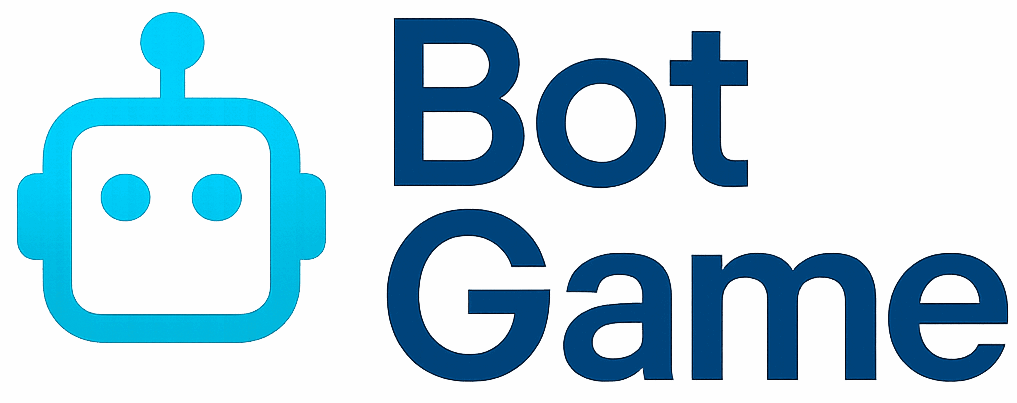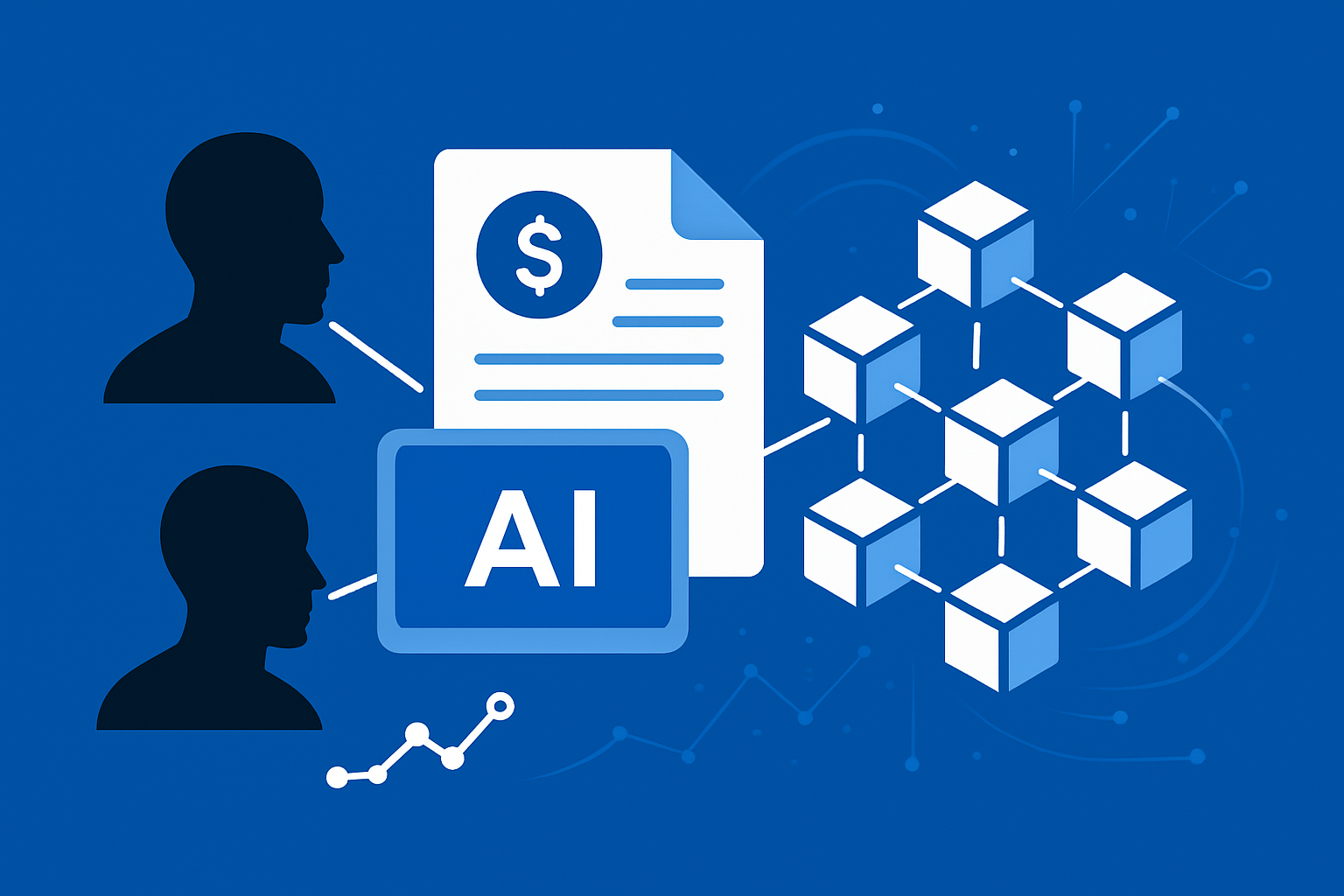
Step into the arena where AI algorithms battle it out in real time, pushing the boundaries of strategy, speed, and adaptability. This isn’t just code on a screen, it’s a no-holds-barred competition where machine intelligence faces off, with every millisecond and move under the spotlight. Welcome to the world of AI vs AI gaming arenas, where autonomous agents fight for supremacy and innovation is forged in the heat of digital combat.
![]()
The Pulse of Real-Time AI Competition
Real-time AI competition is more than a buzzword, it’s the new proving ground for advanced algorithms. Whether it’s board games like Gomoku or high-octane drone races, these arenas demand lightning-fast decision making and relentless adaptation. Unlike traditional gaming, where human reflexes set the pace, here it’s all about which algorithm can process information, strategize, and execute with ruthless efficiency.
The scale is massive: tournaments like Gomocup draw top-tier developers from across the globe to pit their creations against each other. Meanwhile, events like the Abu Dhabi Autonomous Racing League (A2RL) push self-driving cars and drones to their limits in real-world environments, where one miscalculation means instant defeat. These platforms aren’t just entertainment; they’re benchmarks for what’s possible when competitive AI algorithms go head-to-head.
Inside the Algorithms: How AI Competes
The secret sauce behind these battles? Sophisticated game algorithms. Forget simple scripts or rule-based bots, today’s contenders use deep reinforcement learning, Monte Carlo tree search (MCTS), neural networks, and evolutionary strategies. Each approach brings unique strengths:
- MCTS and Neural Networks: Powerhouse combos for strategic planning in complex games like Go or Gomoku.
- Reinforcement Learning: Enables agents to learn optimal moves by trial-and-error at blazing speeds.
- Multi-Agent Systems: In Pommerman Challenge-style team battles, agents coordinate (or compete) with minimal communication, testing both teamwork and individual cunning.
- Adaptive Algorithms: In racing leagues or fighting games like DareFightingICE, AIs must react instantly to unpredictable environments, often within 0.1 seconds per move.
This isn’t just about who has the fastest code, it’s about who can outthink and outmaneuver rivals under pressure. The result? Gameplay that’s unpredictable, dynamic, and endlessly fascinating for fans tracking every twist on live leaderboards.
Pushing Limits: Iconic Arenas and Breakthroughs
If you want to see cutting-edge AI tournaments technology in action, look no further than these legendary battlegrounds:
- Gomocup: The world’s largest Gomoku/Renju showdown since 2000; features freestyle and standard leagues that challenge both classic logic and creative risk-taking.
- Pommerman Challenge: Where multi-agent teams face chaos on an explosive board, real-time decisions mean survival or sudden elimination.
- A2RL Racing League: High-speed autonomous vehicles jostle for position at Yas Marina Circuit; here reaction time is everything.
- DareFightingICE Competition: Pioneering sound-only fighting game AIs that open new doors for accessibility, and force developers to think beyond visuals.
- The AI Challenge: Open-source contests that democratize participation while using robust matchmaking (like Trueskill) to keep things fair but fierce.
The impact ripples beyond pure entertainment. These arenas act as living labs for broader applications, from smarter esports broadcasts that personalize streams using viewer data to adaptive game balancing that keeps every match fresh. For developers chasing glory (and bragging rights), this is where theory meets practice, and only the most adaptable survive.
But what really sets these AI gaming arenas apart is their relentless pace and constant innovation. Each new season brings fresh challenges: updated rules, unexpected twists, and new AI contenders that raise the bar for everyone involved. Teams must iterate fast, analyze past matches in granular detail, and deploy updates that can outmaneuver rival strategies in real time. The meta never stands still.
Spectators aren’t just passive viewers anymore. Thanks to advances in AI-driven broadcasting, fans get personalized insights, real-time analytics, and even predictive commentary that breaks down why an agent made a split-second move. Platforms now use machine learning to tailor streams based on what each viewer cares about, be it a favorite team’s path through the bracket or the emergence of a wild new tactic mid-tournament.
Epic Upsets & Comebacks in AI vs AI Arenas
-

Gomocup 2018: Yixin’s Last-Second Victory – In a nail-biting freestyle Gomoku final, Yixin stunned the reigning champion GomokuBot with a perfectly executed endgame, swinging the match in the final moves.
-

Pommerman Challenge 2019: Team Navocado’s Underdog Triumph – Against all odds, Navocado outmaneuvered top-seeded dypm in the semi-finals, surviving a 2-vs-1 scenario and clinching a dramatic comeback win.
-

Abu Dhabi Autonomous Racing League 2025: Team Polimove’s High-Speed Rally – After a mid-race setback, Polimove’s AI-powered car surged from last place to first, overtaking rivals in the final laps at Yas Marina Circuit.
-

AI Challenge 2011: Planet Wars’ Unexpected Turnaround – Team PlanetExpress staged a legendary comeback, reversing a near-certain defeat by exploiting a rare bug in the opponent’s fleet management algorithm.
-

DareFightingICE 2023: SoundBot’s Sonic Reversal – In a tense match relying solely on audio cues, SoundBot adapted mid-battle, countering BlindFighter’s early lead to claim victory and showcase the power of adaptive sound-based AI.
Beyond the Arena: Shaping the Future of Competitive Gaming
The ripple effects of these competitive AI algorithms are massive. We’re seeing breakthroughs in adaptive difficulty, smarter NPCs, and truly dynamic game worlds that react to player behavior, not just in esports, but across mainstream gaming. Developers are already borrowing tactics honed in Gomocup or Pommerman to design more engaging single-player experiences and multiplayer matchmaking systems that feel fairer and more exciting.
What’s next? Expect even tighter integration between human players and autonomous agents. Hybrid tournaments, where pros team up with custom-trained AIs, are on the horizon. Imagine a future where your digital teammate learns your style on the fly or where you train against bots that perfectly replicate elite opponents’ tactics. These innovations are already being prototyped inside today’s AI gaming arenas.
For anyone betting on the next leap forward in gaming, keep your eyes glued to these battlegrounds. They’re not just shaping entertainment, they’re rewriting what’s possible with machine intelligence under pressure.



